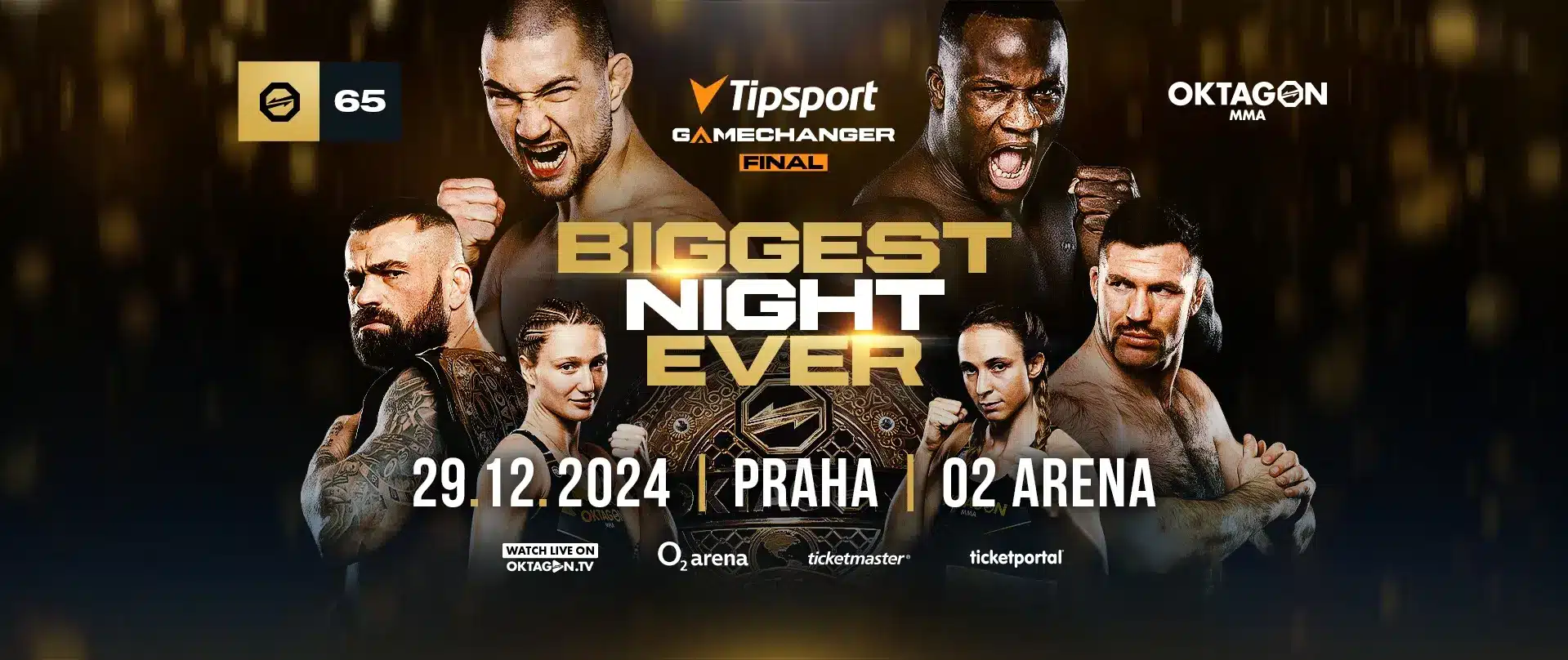Bussiness
How Grove Collaborative revamped its business model to focus on profitability

Grove Collaborative thinks it has found the way to become the Chewy of sustainable home products.
The company has been around since 2012 but has gone through many iterations. For years, it was focused on being a subscription service that delivered curated baskets of its products — such as paper towels and soaps — to people’s homes. It has tested out private labels as well as wholesale partnerships in stores like Target.
The company went public via SPAC in 2022 and has faced some difficult terrain — including a delisting threat. Last year, Amazon veteran Jeff Yurcisin joined as CEO. His focus has been getting the company on a solid footing.
“The goal was profitable growth,” he said on the Modern Retail Podcast. “But we felt like we had to start with profitability.”
For the last four months, Grove has reported positive adjusted EBITDA. Similarly, the company announced a recent investment to help it pay down its debt load. Still, at its most recent earnings, it posted a net loss of $10.1 million. According to Yurcisin, these are the initial steps to get the company to become an online leader in natural and sustainable household products.
He spoke about how he’s been approaching this transformation and what’s on the horizon.
The first big change implemented as getting rid of mandatory subscriptions. “from my point of view, I wanted to enable subscription but I wanted to create an incentive for customers to subscribe — not to force them to subscribe,” he said.
Similarly, Grove has focused on operational changes to streamline its business. It focused on improving its customer experience to make checkout more seamless as well as paying down its debt. It has also been refocusing its tech stack, which has included moving onto Shopify. According to Yurcisin, these changes are now beginning to pay off. The focus now, he said, is adding more customers to the fold so Grove can reach its potential.
“We believe it’s a 57 million-person addressable market in the United States,” he said.
Here are a few highlights from the conversation, which have been lightly edited for clarity.
Changing the subscription strategy
“When I arrived, there was a subscription model. And what that meant is, if you came as a new customer, there was a set basket that we suggested for you to buy that included a bunch of free gifts. And then we would often introduce our products to these customers — and they loved them, and they would come back regularly. If someone called and said, ‘Hey, can I end my subscription?’ Of course, we would do it — like, our NPS scores are through the roof. But it was not the most customer-friendly approach, in my opinion. It limited our addressable market. You had to really love subscriptions. And so when I arrived, I thought one of the most important things we had to do was just to bring some of the best practices from e-commerce to the table. And a lot of this comes [down] to working backwards from our customer needs and saying, ‘How do we deliver on those needs?’ And so, from my point of view, I wanted to enable subscription but I wanted to create an incentive for customers to subscribe — not to force them to subscribe. So we opened it — on February 29 of this year we launched — and it almost felt like a new business.”
Focusing on profitability
“What we did was: When I arrived, we got our team together. We surrounded ourselves with customer comments to make sure we were listening to customers. We were trying to understand where our business was — not just financially, but from a customer experience perspective. And we said, look, the goal was profitable growth. But we felt like we had to start with profitability. So, for four straight quarters, we’ve been adjusted EBITDA positive. That’s not the end goal. Like, I care more about cash flow than adjusted EBITDA. But right now, that’s where we are. And then growth — we’re approaching real sequential growth, which will lead to kind of continued growth going forward.”
Grove Co’s addressable market
“What I believe is in the same way Chewy went after a certain segment, the same way clothing players — whether it’s Quince in the private markets or Shopbop in the early days — there are so many players out there that are carving out a niche. And I think we have this niche. We believe it’s a 57 million person addressable market in the United States. These are customers who bought natural products — who care about human environmental health. And we’re going to serve them. We’re going to obsess about serving them better than anyone out there”







